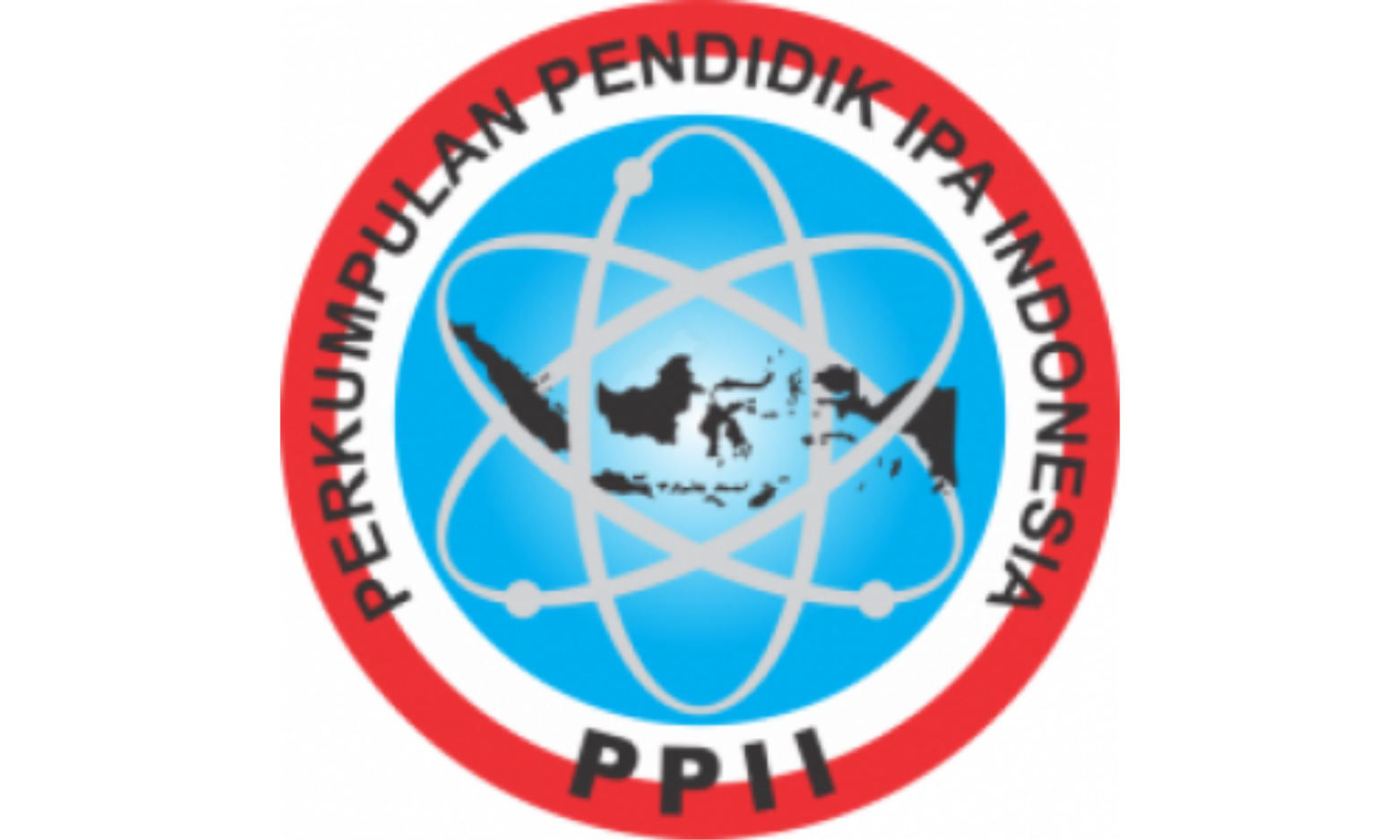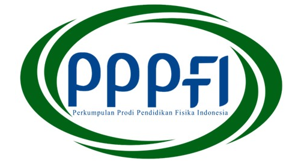SIMULASI HIDROTERMAL DAERAH KAWAH DOMAS DENGAN PEMODELAN KONTINU 2-D ANOMALI SELF POTENTIAL (SP)
DOI:
https://doi.org/10.15575/jotalp.v2i1.5818Keywords:
hydrothermal, self potential, resistivity, continue modeling, finite element methodAbstract
References
Supriyanto Suparno. 2009, Energi Panas Bumi, Edisi I, Departemen Fisika-FMIPA UI
Andre Revil dan Abderrahim Jardani. 2013. The Self Potential Method:Theory and Applications in Environmental Geosciences. Cambridge University Press
Andre Revil, A. Finizola dan S. Piscitelli. 2008. Inner Structure of La Fossa di Vulcan (Vulcano Island southern Tyrrhenian Sea, Italy) revealed by High-Resolution Electric Resistivity Tomography Coupled with Self-Potential, Temperature, and CO2 Diffuse Degassing Measurement, Journal of Geophysical Research
M. Boedihardi. 1987. Interpretation of Tangkuban Perahu Geophysical Data (West Java-Indonesia), Geothermal Project Report 87.04,Engineering Library, University of Auckland, New Zealand
W.M. Telford, L.P. Geldart dan Robert E. Sheriff. 1990, Applied Geophysics. Cambridge University Press
K. Yasukawa K, A. Andan, D. S. Kusuma, dan T. Uchida. 2000. Self-Potential In The Mataloko Geothermal Prospect, Flores Indonesia. Proceeding World Geothermal Congress 2000 Kyushu-Tohoku Japan.
K. Yasukawa, T. Mogi, D. Widarto, S. Ehara. . 2003. Numerical Modelling of Hydrothermal around Waita Volcano, Kyushu, Japan, based on Resistivity and Self-Potential Surveys results. Geothermics 32 pp. 21-46.
C.M. Sufyana. 2008. Pemodelan Self Potential untuk Aplikasi Hidrotermal Dangkal. Skripsi, Program Studi Fisika, FMIPA, ITB
Downloads
Published
Issue
Section
Citation Check
License
Journal of Teaching and Learning Physics is licensed under a Creative Commons Attribution-NonCommercial-NoDerivatives 4.0 International License








